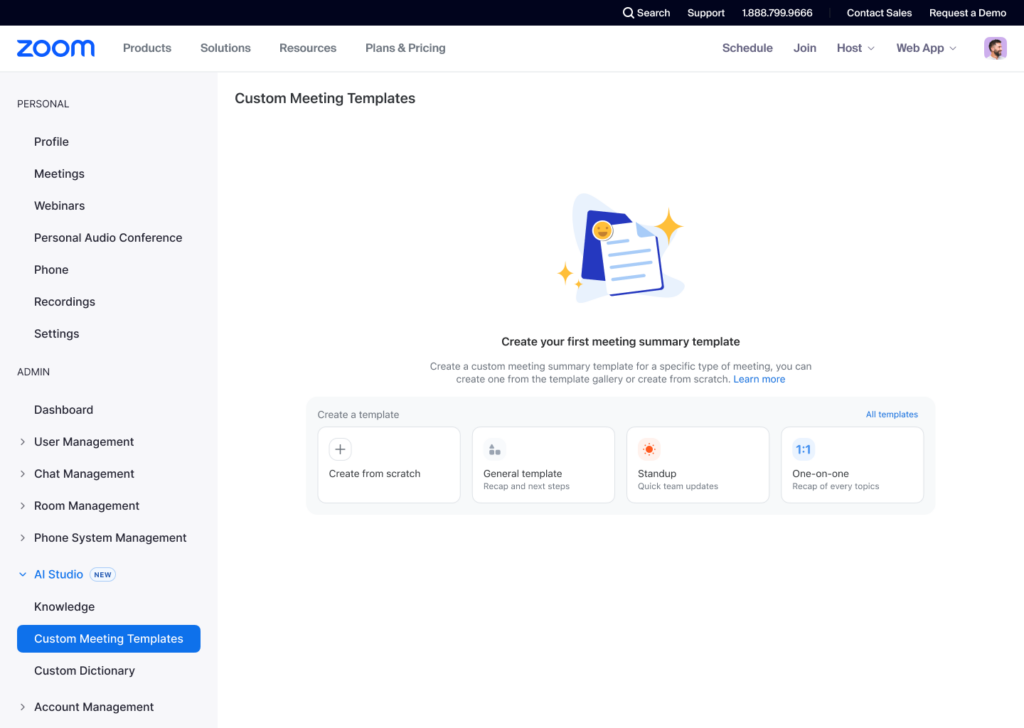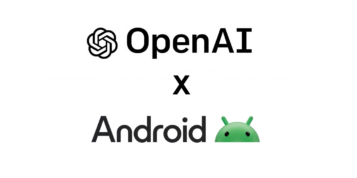Zoom is still trying to recover since it cemented itself as a household name for video conferencing fiver years ago, the company has aggressively pivoted from being a “video meetings app” to an AI-first open work platform. No longer just a tool for virtual calls, Zoom now aims to reinvent how teams collaborate, automate workflows, and even restore human connection in an increasingly digital workplace.
The updates, rolled out in mid-April 2025, signal Zoom’s deepening investment in agentic AI—a step beyond generative AI, where AI doesn’t just assist but independently executes multi-step tasks like a digital co-worker.
Here are Zoom’s latest updates.

1. Custom AI Companion: Tailoring AI to Organisational Needs
The headline feature is Custom AI Companion, a paid add-on (£9.50/user/month) that lets businesses tailor AI agents to their specific workflows. Built on Zoom AI Studio, a low-code drag-and-drop tool, admins can:
Create custom meeting templates (e.g., for sales pitches or brainstorming sessions).
Integrate industry-specific jargon via custom dictionaries.
Connect to enterprise data (e.g., CRM systems, project tools) using Bring Your Own Index (BYOI).
Later this summer, Zoom will support third-party AI agents (like Google’s Agent-to-Agent Protocol and Anthropic’s Model Context Protocol), enabling cross-platform AI collaboration1.
2. Zoom Tasks: AI-Powered Task Management
Between meetings, emails, and chats, professionals waste hours tracking to-dos. Zoom Tasks tackles this by:
Auto-generating tasks from meeting summaries, chats, or emails.
Assigning owners and embedding tasks in Zoom Docs for visibility.
Recommending next steps (e.g., drafting follow-up emails).
This turns Zoom into a centralised productivity hub, reducing reliance on standalone task apps like Asana or Trello.
3. AI Calendar Scheduling & Voice Recorder
Scheduling meetings across time zones is a universal headache. Zoom’s AI scheduling assistant now:
Proposes optimal times by analysing participants’ calendars.
Auto-generates agendas and sends invites.
For in-person conversations, the Voice Recorder (launching in May) transcribes and summarises discussions, capturing action items without manual note-taking.
4. Custom Avatars for Zoom Clips
Recording video updates can be time-consuming. Custom Avatars lets users:
Generate AI clones of themselves.
Input a script for the avatar to deliver—saving re-records.
Apply watermarks to prevent deepfake misuse.
This could revolutionise internal communications, especially for global teams in different time zones.
5. Industry-Specific Upgrades
Zoom is also targeting niche workflows:
Healthcare: AI-generated clinical notes during telehealth appointments.
Education: Lecture summaries and auto-generated assignments.
Frontline workers: Mobile tools for retail and logistics teams.
Zoom’s latest updates show a company leaning hard into AI—not just as a gimmick, but as a core productivity layer. For knowledge workers drowning in busywork, features like Tasks and Custom AI Companion could be game-changers.
Yet, the real test will be whether businesses see enough value to commit long-term. If Zoom’s AI can proactively solve problems (not just react to commands), it might just redefine how we work.
What’s next? Keep an eye on Zoom Drive (a centralised doc repository, coming May) and deeper third-party AI integrations later this year.





